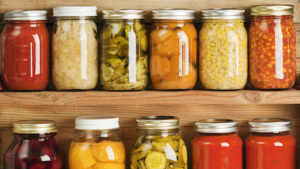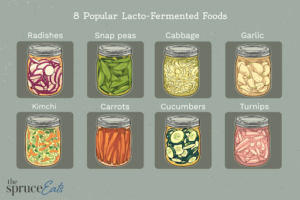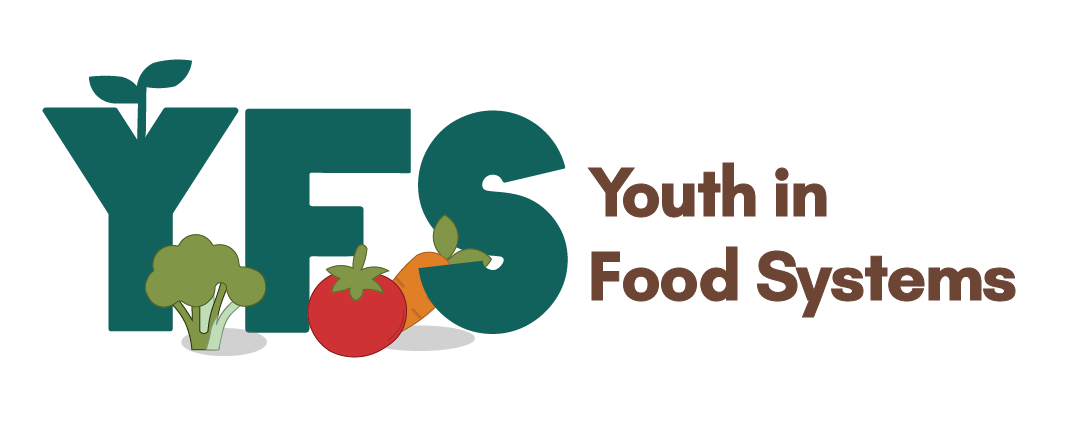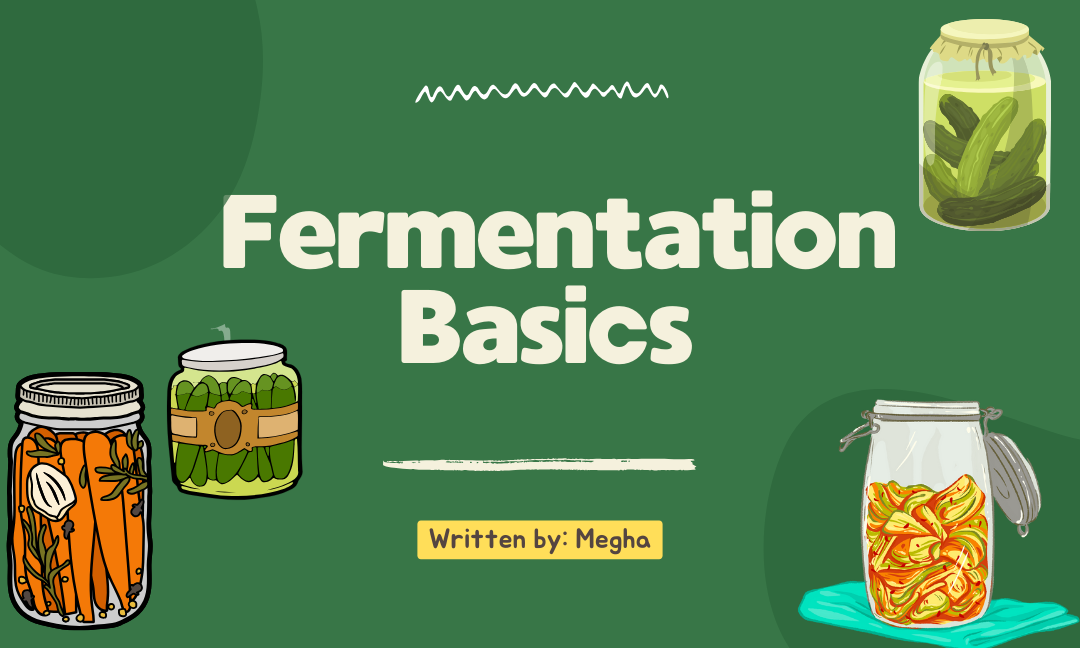Written by: Megha
Edited by: Thomas Lusa
Designed by: Eshika Hiremath
Published by: Rayna Almas
Fermentation is an amazing natural process that can help make food more digestible, nutritious and flavourful. In this blog, we’ll explore the basics of fermentation together to help you start your own fermentation journey right at home! You’ll discover the principles of fermentation, its many benefits, the history behind it, and the steps to get started.

What is Fermentation?
Fermentation, simply put, is the process in which sugars are transformed into a new product through chemical reactions carried out by microorganisms such as bacteria and yeast. This natural process is essential in the production of various items, including food , medicine, alcohols, and fuels. For example, alcoholic beverages such wine, cider and beer all need the process of fermentation in order to develop their unique flavours—this process is what actually turns these drinks into alcohol.
Beyond alcohol, fermentation plays a key role in creating a wide range of everyday foods, such as yogurt, sour dough, cheese, and pickles, while also contributing to the production of antibiotics. It is, in many ways, the foundation of countless products we rely on for health and flavour.
Historical Significance
In today’s age, research has highlighted the health benefits of consuming fermented foods, such as improved digestion and detoxification, showing that fermentation continues to be a vital tool in both food and health. This raises the question: Have you ever wondered how the process of fermentation was discovered?

Fermentation has played a key role in human development, initially used for food preservation. It can be considered one of the first forms of biotechnology, since it involves using microorganisms to transform food. Evidence of fermented beverages made from fruit, honey, and rice dates back to Neolithic China (7000–6600 BCE). Over time, fermentation was used to preserve food, improve flavour, and enhance nutrition.
Health Benefits of Fermentation
Your health can be benefited by fermenting, here’s a few reasons how:
Digestive System: The process of fermentation improves your digestive system as it is rich in probiotics (living microorganisms that confer a health benefit), which can improve digestion and alleviate issues like bloating, diarrhea, and constipation.
Immune System: Fermentation promotes the growth of beneficial bacteria that can boost the immune system by producing compounds that support immune function. By having a stronger immune system, it helps reduce the risk of infections and speeds up recovery when you’re sick.
Absorb food better: Fermentation is known to be the process of breaking down nutrients in food, which makes it much easier to digest. For instance, fermentation can reduce lactose in dairy, making it easier for people with lactose intolerance to consume.
Getting Started with Fermentation
The most beginner fermentation process is lacto-fermentation which involves vegetables as it is the easiest and the quickest. Once you learn how to ferment vegetables, you can move onto more complex fermentation like dairy, beverages, etc. Here is a quick guide on how to get started with fermenting vegetables at home.

You will need:
- Glass jar
- Salt
- Water
- Vegetables
- Cabbage leaf (optional)
NOTE: A cabbage leaf isn’t required, but it helps keep vegetables submerged in the brine to ensure proper fermentation and prevent spoilage.
Instructions:
- Wash your vegetables thoroughly, then slice/chop them up.
- Fill a glass jar with vegetables, leaving at least 1-2 inches of space at the top.
- Mix 2 tbsp of salt with 1 quart of water to make a brine.
- Pour the brine over the vegetables until they are completely covered, leaving at least 1-2 inches at the top.
- Place a cabbage leaf on top to keep the vegetables submerged in the brine.
- Cover the jar with a lid or airlock and place it in a cool, shaded area.
- Gently loosen the lid over a sink to release built-up gas once or twice a day. (This is not required if you have an airlock or a lever jar)
- Ferment them for 4–10 days, depending on how tangy you like them.
- Once the vegetables reach your desired flavour, store the jar in the fridge and enjoy!
REMEMBER:
→Step 7 is VERY important if you do not have an airlock or a lever jar, as fermentation will create carbon dioxide. If the container is hermetically sealed, the pressure will increase and the container may crack, or in the worst case, explode!
→ Make sure to maintain the right temperature throughout this process! Room temperature is ideal for fermentation, with warmer temperatures speeding up the process. Avoid temperatures below 15°C (too slow) or above 30°C (too fast) as it will not lead to poor results.
Works Cited
Coyle, Daisy. “What Is Fermentation? The Lowdown on Fermented Foods.” Healthline, Healthline Media, 15 Jan. 2019, www.healthline.com/nutrition/fermentation#benefits.
“Fermentation – an Overview | ScienceDirect Topics.” Sciencedirect.com, 2016, www.sciencedirect.com/topics/agricultural-and-biological-sciences/fermentation.
“How to Ferment Vegetables – Make Your Own Fermented Vegetables.” Running to the Kitchen®, 30 May 2014, www.runningtothekitchen.com/how-to-ferment-vegetables/.
“How to Make Fermented Vegetables.” Révolution Fermentation, 10 Nov. 2021, revolutionfermentation.com/en/blogs/fermented-vegetables/how-to-make-a-lacto-fermentation/.
MasterClass. “What Is Fermentation? Learn about the 3 Different Types of Fermentation and 6 Tips for Homemade Fermentation.” MasterClass, MasterClass, 5 June 2019, www.masterclass.com/articles/what-is-fermentation-learn-about-the-3-different-types-of-fermentation-and-6-tips-for-homemade-fermentation.
Matsuda, Tateki. “Fermented Foods for Immune System.” Hakko Hub, 10 Aug. 2022, hakkohub.com/fermented-foods-for-immune-system/.

